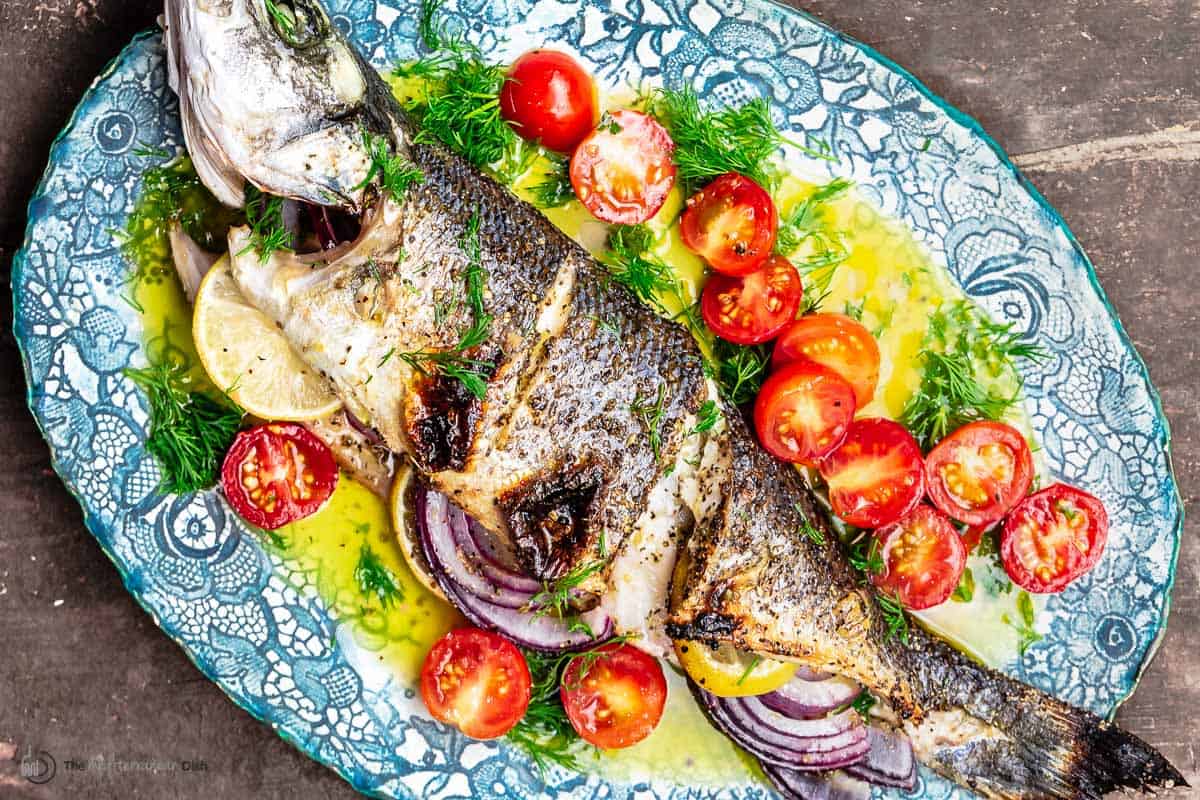greek_ggirl
Active member
Branzino is one of my favourite dishes ever! I like to go to the fish market and get the freshest fish possible and ask the fish mongers which fish has been caught most recently. If you don't have access to fresh fish, I recommend getting fish that is frozen fresh or getting wild caught fish. Farm raised is definitely the last choice. Anyways, check out this recipe!

 www.themediterraneandish.com
www.themediterraneandish.com

Greek-Style Roasted Branzino Recipe
Ready in just 20 minutes! Love this perfectly tender Greek branzino with a bold garlicy, lemony sauce!


